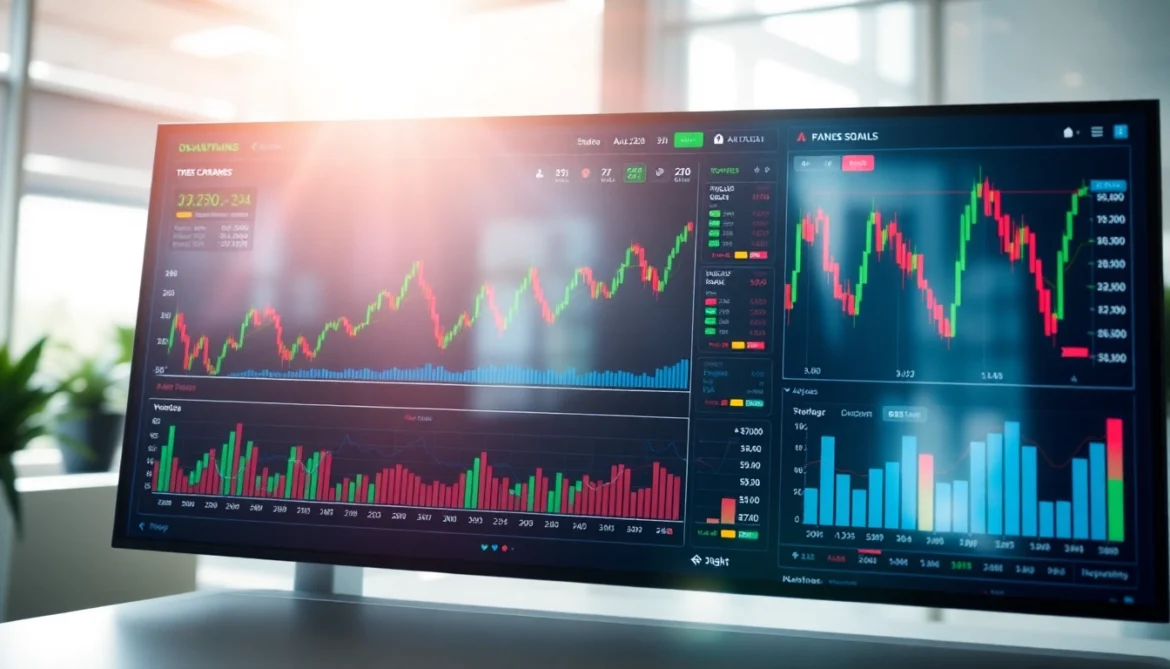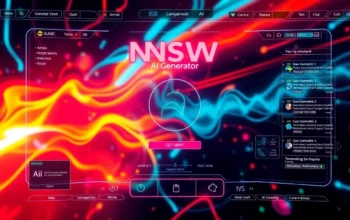Introduction to Trading View and Its Market Analysis Capabilities
In today’s fast-paced financial markets, traders and investors rely heavily on sophisticated tools to analyze price action, identify opportunities, and make informed decisions. Among the myriad of platforms available, trading view stands out as a comprehensive and user-friendly charting and analysis platform trusted by millions worldwide. Its real-time market data, extensive charting tools, social features, and customizable layouts empower both beginners and professional traders to navigate complex markets with confidence. This article delves into the core functionalities of Trading View, exploring how it revolutionizes market analysis and supports strategic trading.
Getting Started with Trading View: Setup and Customization
Creating an Account and Navigating the Interface
Setting up an account on Trading View is straightforward and opens the door to a world of advanced trading tools. Once registered, users access a clean, intuitive interface designed to streamline the analysis process. The platform’s dashboard features customizable charts, watchlists, social feeds, and news streams. Beginners can familiarize themselves with basic navigation by exploring different chart types, timeframes, and layout options. Advanced users can leverage keyboard shortcuts and personalized workspace arrangements to maximize efficiency.
Customizing Charts and Watchlists for Your Trading Needs
Tailoring the platform to suit your specific strategies is crucial. Trading View allows users to customize charts with a variety of technical indicators, trend lines, Fibonacci retracements, and drawing tools. Watchlists enable quick monitoring of multiple assets simultaneously, which can be tailored based on asset classes such as stocks, cryptocurrencies, forex pairs, or commodities. The flexibility in customization ensures traders have pertinent information at their fingertips, reducing reaction times and enhancing decision-making.
Integrating Trading View with Other Trading Platforms
For seamless trading execution, Trading View integrates with several brokerage platforms. This connection allows users to execute trades directly from charts, automate strategies via scripting, and synchronize data across platforms. Integration steps typically involve linking your brokerage account, configuring API access, and enabling live data feeds. Such interoperability streamlines the trading workflow, minimizes manual inputs, and reduces latency—critical factors in high-frequency trading environments.
Advanced Trading View Techniques for Market Analysis
Utilizing Technical Indicators and Drawing Tools
Technical indicators are essential for identifying market trends, overbought or oversold conditions, and potential reversal points. Trading View offers over 100 built-in indicators, including Moving Averages, RSI, MACD, Bollinger Bands, and Ichimoku Cloud, which can be layered and customized. Drawing tools such as trend lines, channels, and Fibonacci retracements help visualize key levels and patterns. Combining indicators with manual annotations allows for nuanced analysis, capturing complex market dynamics effectively.
Setting Alerts and Automating Market Monitoring
Alerts are vital for staying updated without constant chart watching. Trading View permits users to set price alerts, indicator thresholds, or drawing-based triggers that notify via email, SMS, or push notifications when conditions are met. Automating market monitoring minimizes missed opportunities and helps manage multiple assets simultaneously. For advanced traders, scripting via Pine Script enables automated strategies, backtesting, and custom indicator creation, enhancing analytical precision.
Leveraging Community Ideas and Social Features
One of Trading View’s strengths is its vibrant social community. Traders share ideas, analyses, and trading setups, fostering peer-to-peer learning. Analyzing community ideas can provide diverse perspectives and alternative analysis techniques. Engaging with the community also enhances broader market understanding, while social features like chat groups and follow functions facilitate networking with traders worldwide.
Best Practices for Effective Market Predictions Using Trading View
Analyzing Multiple Timeframes for Better Accuracy
Combining insights from different timeframes—such as daily, weekly, and intraday charts—provides a holistic market perspective. Longer timeframes establish the overall trend, while shorter ones pinpoint entry and exit points. Trading View’s multi-timeframe analysis tools help traders identify confirmation signals, reduce false breakouts, and refine trade entries.
Combining Fundamental and Technical Analysis
While technical analysis offers immediate actionable signals, integrating fundamental analysis enriches decision-making. Monitoring economic indicators, earnings reports, geopolitical events, and macroeconomic data alongside chart patterns provides context, reducing the likelihood of unexpected shocks. Trading View aggregates fundamental data and news feeds, enabling a comprehensive view of the market landscape.
Maintaining a Trading Journal and Reviewing Performance
Consistent review of past trades, strategies, and outcomes is essential for continuous improvement. Trading View’s journaling tools track trade entries, exits, and reasoning, assisting traders in identifying strengths and weaknesses. Regular performance review fosters disciplined trading, helps adapt strategies as market conditions evolve, and ultimately enhances profitability.
Future Trends and the Continuous Evolution of Trading View
Keeping Up with New Features and Platform Updates
Trading View actively develops its platform, frequently releasing features such as new chart types, enhanced scripting capabilities, and AI-driven analysis tools. Staying current involves subscribing to updates, exploring beta features, and participating in platform webinars or community forums. Leveraging these innovations ensures traders stay ahead in competitive markets.
The Evolving Role of Trading View in Digital Market Analysis
As markets become increasingly digital and data-driven, Trading View’s role as an integrated analytical hub grows. Innovations like real-time social collaboration, machine learning integrations, and expanded asset coverage position it as an indispensable tool for modern traders. Continuous adaptation and investment in advanced analytical features make Trading View a cornerstone of future trading strategies.
Conclusion
Mastering Trading View’s extensive capabilities enhances overall market analysis, improves trading precision, and fosters a proactive approach to trading. From basic setup to advanced scripting and community engagement, traders who leverage these features can navigate markets more effectively and gain a competitive edge. Embracing ongoing platform updates and innovative tools will further solidify Trading View’s position as the premier platform for digital market analysis.



